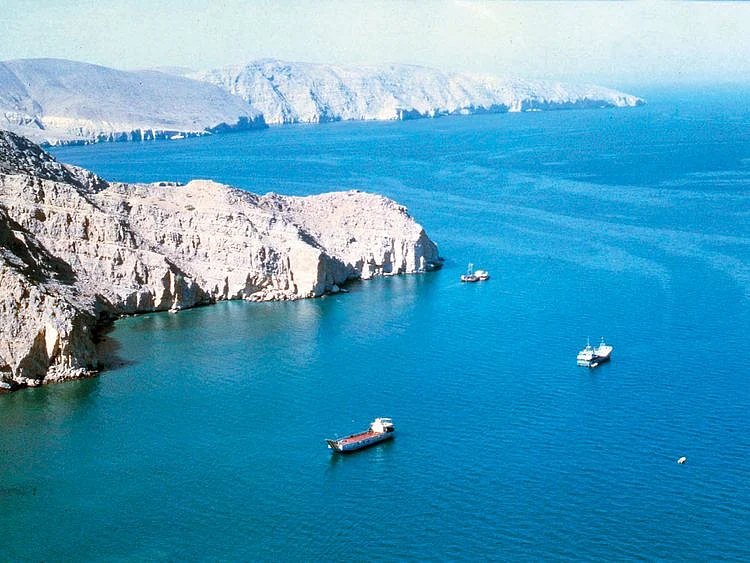Dubai: The Strait of Hormuz, already the world's most sensitive oil shipping chokepoint, is now at the center of escalating global tensions after Iran’s parliament voted on Sunday to authorize its potential closure, following overnight US airstrikes on Iranian nuclear sites.
According to Iran’s state media, the symbolic but politically charged vote empowers the Supreme National Security Council to enact the measure. While the decision does not trigger immediate action, it signals Tehran’s intent to retaliate after what it called a “blatant act of aggression” by the United States.
Markets to react swiftly
Brent crude futures rose by more than 9 per cent on Sunday, touching levels not seen since late 2022. This follows prior warnings from Citigroup Inc., which projected that a full closure of the Strait could spike prices to $90 a barrel or higher, given the waterway handles about 20% of global oil shipments.
In a research note, Citi analysts including Anthony Yuen and Eric Lee emphasized that any disruption—even if temporary—could jolt the energy market, especially if the estimated 3 million barrels per day of affected oil remain off global markets for an extended period.
Shipping industry on alert
Despite the political escalation, oil tanker traffic through Hormuz has so far remained stable, with vessel-tracking data showing 40–44 tankers transiting daily. However, container and bulk vessel activity has dropped, and shipping companies are showing signs of increased caution.
Freight rates have surged, reflecting growing wariness, and Qatar has delayed LNG ship movements through the Strait. Meanwhile, Greece’s shipping ministry has advised domestic vessels to reassess Hormuz transits, citing safety concerns after the US-led strikes.
Strategic Implications
The Strait of Hormuz is a narrow maritime corridor between Iran and Oman, linking the Arabian Gulf to global waters. It is critical not only to Middle Eastern oil exports, but also to major energy consumers like China, India, Japan, and Europe.
While Iranian officials stress that the vote does not initiate closure, the authorization alone has elevated geopolitical risk and cast uncertainty over global oil supply chains. The White House declined to comment on the vote, but a senior official said the US is “monitoring the situation closely” and ensuring the free flow of trade in the region.
With military tensions rising and diplomatic solutions elusive, the Strait of Hormuz now sits at the crossroads of global energy stability and regional conflict—where a single decision could send shockwaves through global economies.
Sign up for the Daily Briefing
Get the latest news and updates straight to your inbox
Network Links
GN StoreDownload our app
© Al Nisr Publishing LLC 2025. All rights reserved.

